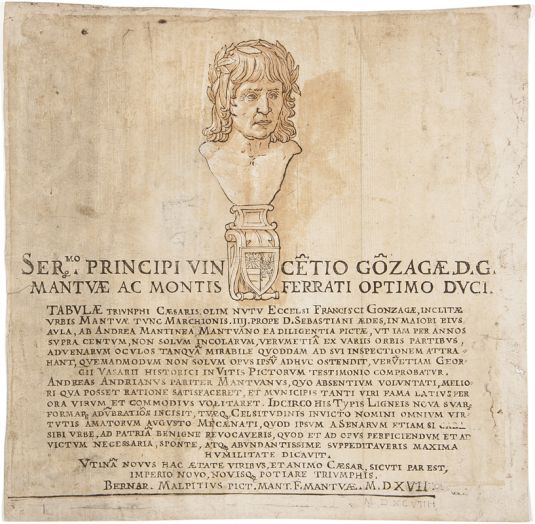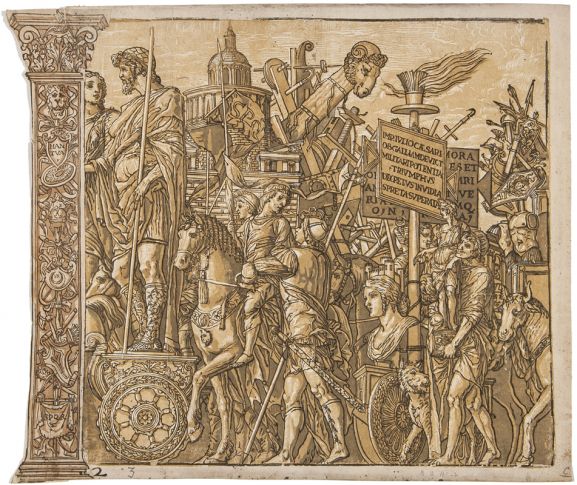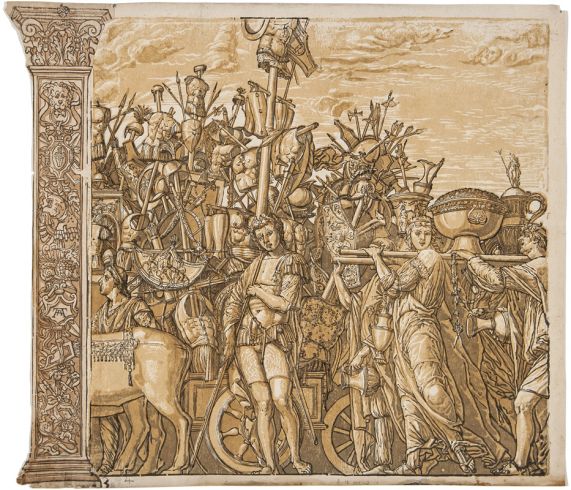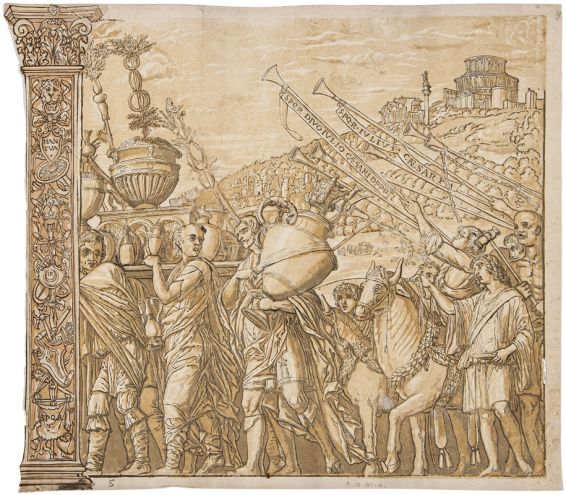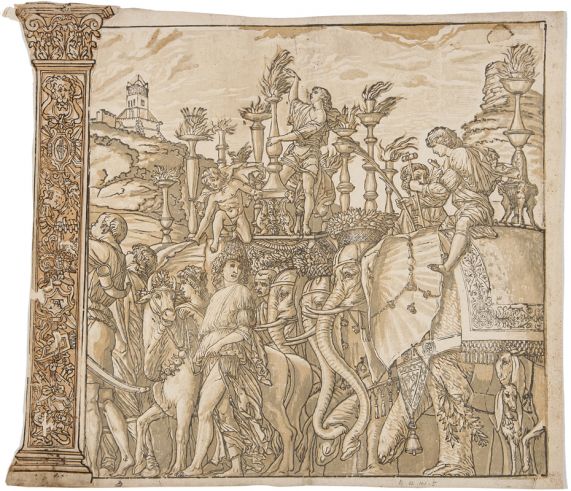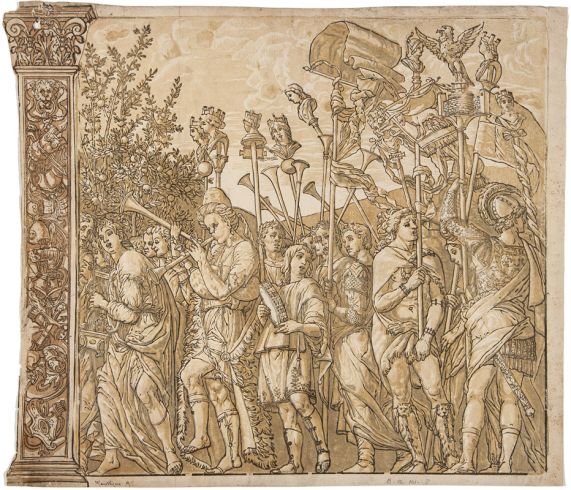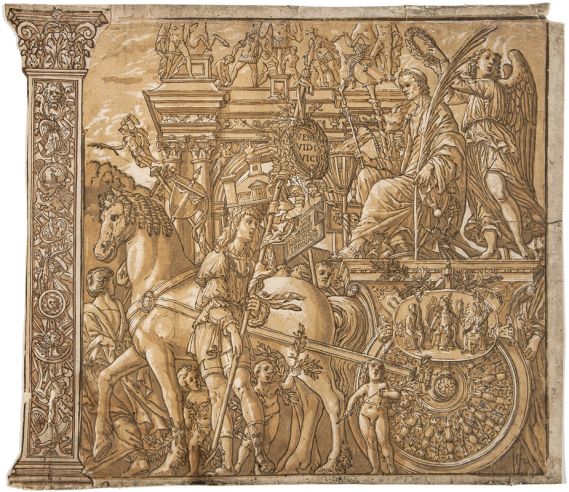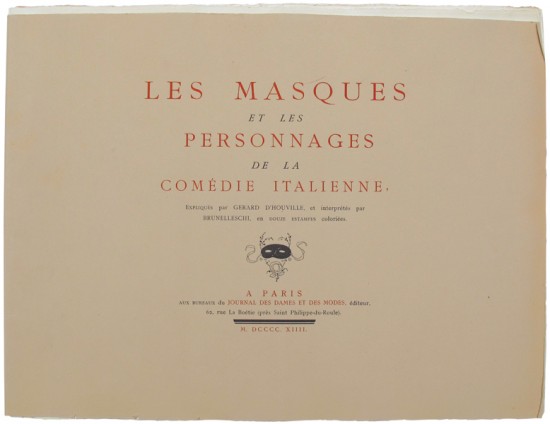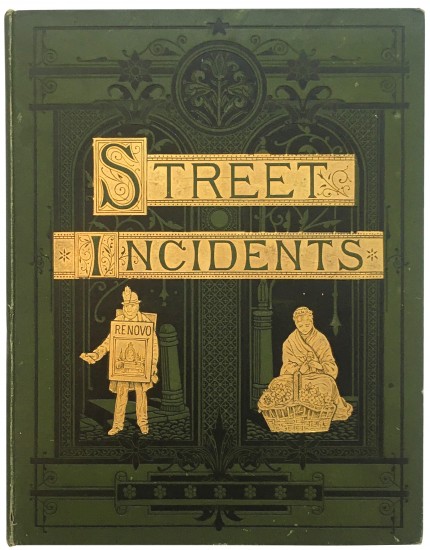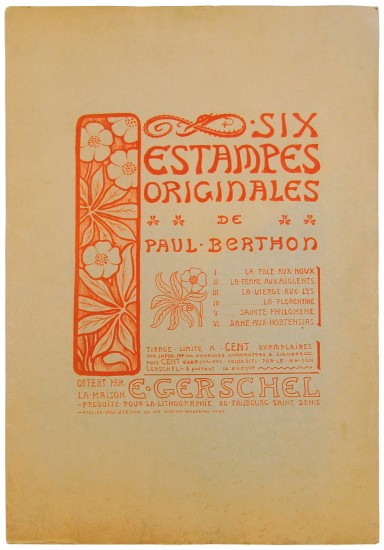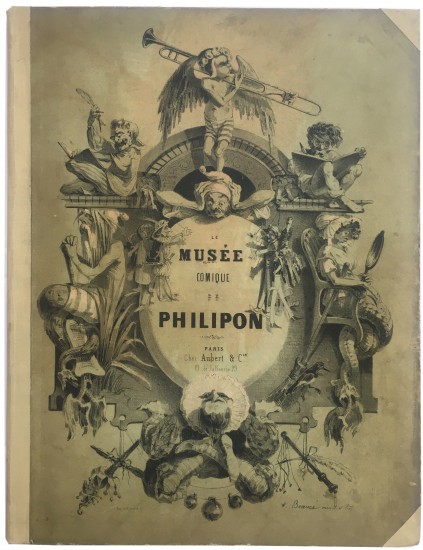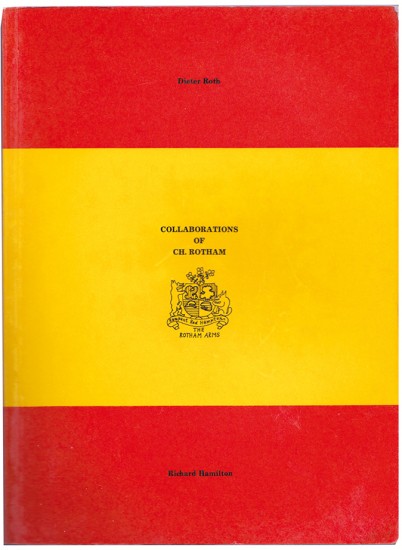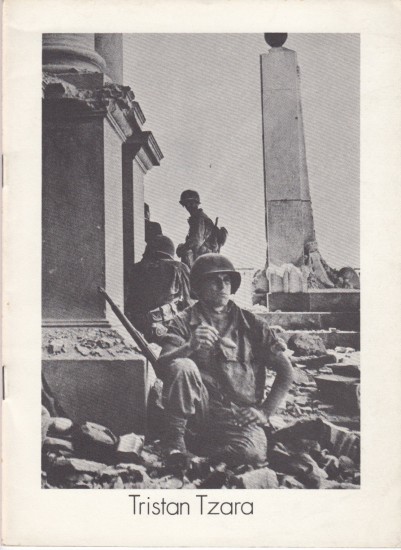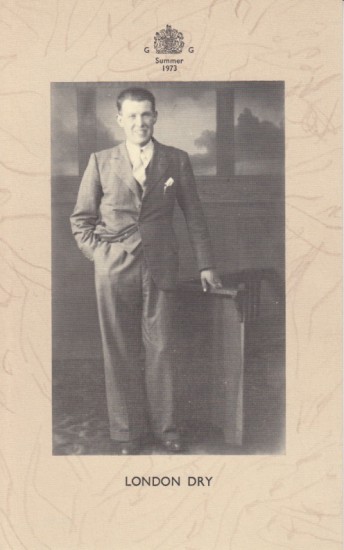Tabulae Triumphi Caesaris. (The Triumphs of Julius Caesar)
Mantegna. Andreani, Andrea
Mantua. 1598
Sold
The complete set of Andreani's chiaroscuro woodcuts after Mantegna's painted cycle The Triumphs of Caesar.
Andrea Mantegna's nine canvas series The Triumphs of Caesar have long been regarded as one of the highpoints of the Italian Renaissance and Vasari considered them the finest products of Mantegna's genius. Produced over a period of ten years, c.1485 - 1494, the paintings were likely commissioned by Francesco Gonzaga, the Marquis of Mantua (although other Gonzaga patrons have been suggested) and there is confusion as to the order of composition and even as to whether the paintings were installed in the Palazzo Ducale or were used as temporary decoration. The paintings were however designed to be seen between pilasters (as in Andreani's chiaroscuro woodcuts) as if the viewer were himself witness to the triumph as it passed outside. A number of early painted copies of differing sizes remain extant, however, it was not until nearly a century later that the first printed version - the present - was published.
Andrea Andreani (c.1560 - 1623) the painter and engraver who established himself as the pre-eminent exponent of the chiaroscuro woodcut, based his own series of 'The Triumphs of Caesar' on drawings made by the Mantuan artist Bernardo Malpizzi. Andreani's ambitious attempts to reproduce paintings in a printed form here achieved their greatest success and 'the depth and detail are monuments to this early stage of colour printing' (Franklin). Andreani's series looks both backward, to major printed works of the late fifteenth century such as the Hypnerotomachia Poliphili, as well as forward to the dramatic work of the seventeenth and eighteenth centuries. As Franklin concludes - although given the effect of the whole he is perhaps guilty of understatement - the plates 'give a sense of triumph'.
Andreani's Triumphs of Caesar is rare on the market and copies with the pilasters - here pasted to each of the woodcut plates - even rarer. These pilasters, designed to echo the original columns separating each of Mantegna's canvases, were printed on two additional sheets (the idea being to cut them out and mount them to the woodcuts as here) and many examples of the series do not include them.
Mantegna's original paintings, purchased by Charles I, are now at Hampton Court Palace. The canvases were acquired by the king in 1629 when his agent Daniel Nys travelled to Italy and purchased works of art, including paintings by Titian, Raphael and Caravaggio as well as The Triumphs of Caesar.
'The first composition shows trumpeters at the front of the procession with Roman soldiers carrying paintings stretched between poles to form banners. These depict towns and fortresses captured whilst on campaign. The second and third scenes portray an assortments of booty ranging from arms, siege equipment and colossi to more precious objects including vases, coins and smaller pieces of sculpture. This theme continues on the fourth canvas, but at this point more trumpeters are introduced and these overlap with the fifth canvas where they are followed by a row of elephants. The sixth canvas has a further array of booty carried by soldiers in front of a walled city. The architectural element is retained for the seventh canvas depicting the captives who are led before the walls of a prison. The climax of the triumph comes in the eighth and ninth canvases. Musicians herald the arrival of Julius Caesar borne on a chariot passing in front of a triumphal arch.' (Christopher Lloyd describing the originals).
'This is possibly the outstanding group, and the climax, of sixteenth century chiaroscuro work.' (Franklin).
[Bartsch 11. 1 - 9; see 'A Catalogue of Early Colour Printing: From Chiaroscuro to Aquatint', Colin & Charlotte Franklin, Oxford 1977; see Christopher Lloyd in 'Andrea Mantegna, the Triumphs of Caesar', London, 1991].
Andrea Mantegna's nine canvas series The Triumphs of Caesar have long been regarded as one of the highpoints of the Italian Renaissance and Vasari considered them the finest products of Mantegna's genius. Produced over a period of ten years, c.1485 - 1494, the paintings were likely commissioned by Francesco Gonzaga, the Marquis of Mantua (although other Gonzaga patrons have been suggested) and there is confusion as to the order of composition and even as to whether the paintings were installed in the Palazzo Ducale or were used as temporary decoration. The paintings were however designed to be seen between pilasters (as in Andreani's chiaroscuro woodcuts) as if the viewer were himself witness to the triumph as it passed outside. A number of early painted copies of differing sizes remain extant, however, it was not until nearly a century later that the first printed version - the present - was published.
Andrea Andreani (c.1560 - 1623) the painter and engraver who established himself as the pre-eminent exponent of the chiaroscuro woodcut, based his own series of 'The Triumphs of Caesar' on drawings made by the Mantuan artist Bernardo Malpizzi. Andreani's ambitious attempts to reproduce paintings in a printed form here achieved their greatest success and 'the depth and detail are monuments to this early stage of colour printing' (Franklin). Andreani's series looks both backward, to major printed works of the late fifteenth century such as the Hypnerotomachia Poliphili, as well as forward to the dramatic work of the seventeenth and eighteenth centuries. As Franklin concludes - although given the effect of the whole he is perhaps guilty of understatement - the plates 'give a sense of triumph'.
Andreani's Triumphs of Caesar is rare on the market and copies with the pilasters - here pasted to each of the woodcut plates - even rarer. These pilasters, designed to echo the original columns separating each of Mantegna's canvases, were printed on two additional sheets (the idea being to cut them out and mount them to the woodcuts as here) and many examples of the series do not include them.
Mantegna's original paintings, purchased by Charles I, are now at Hampton Court Palace. The canvases were acquired by the king in 1629 when his agent Daniel Nys travelled to Italy and purchased works of art, including paintings by Titian, Raphael and Caravaggio as well as The Triumphs of Caesar.
'The first composition shows trumpeters at the front of the procession with Roman soldiers carrying paintings stretched between poles to form banners. These depict towns and fortresses captured whilst on campaign. The second and third scenes portray an assortments of booty ranging from arms, siege equipment and colossi to more precious objects including vases, coins and smaller pieces of sculpture. This theme continues on the fourth canvas, but at this point more trumpeters are introduced and these overlap with the fifth canvas where they are followed by a row of elephants. The sixth canvas has a further array of booty carried by soldiers in front of a walled city. The architectural element is retained for the seventh canvas depicting the captives who are led before the walls of a prison. The climax of the triumph comes in the eighth and ninth canvases. Musicians herald the arrival of Julius Caesar borne on a chariot passing in front of a triumphal arch.' (Christopher Lloyd describing the originals).
'This is possibly the outstanding group, and the climax, of sixteenth century chiaroscuro work.' (Franklin).
[Bartsch 11. 1 - 9; see 'A Catalogue of Early Colour Printing: From Chiaroscuro to Aquatint', Colin & Charlotte Franklin, Oxford 1977; see Christopher Lloyd in 'Andrea Mantegna, the Triumphs of Caesar', London, 1991].
[10 leaves]. Folio. Chiaroscuro title / frontispiece (sheet size: 285 x 394 mm) with bust of Vincenzo Gonzaga as Caesar and nine chiaroscuro woodcuts (sheet size: c.388 x 403 mm) together with the complete set of pilasters (c.388 x 66 mm) all printed recto only on heavy laid unwatermarked paper, the plates printed from four blocks in black, mushroom and light and dark ochre, the pilasters printed from three blocks in black, brown and light pink; the pilasters mounted at the left edge of the nine plates as intended, all plates trimmed outside the borders with margins (c.15 mm). Several plates with additional highlights in black ink, plate 2 with an additional proof impression of the same in three colours verso, old repairs to several sheets, occasional minor chipping and worming, staining to versos of several plates, occasional annotations in pencil in a later hand. Loose in later portfolio.
#42174

